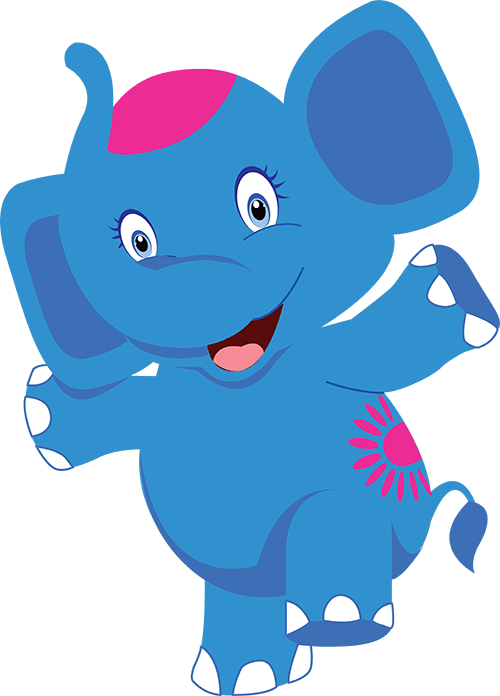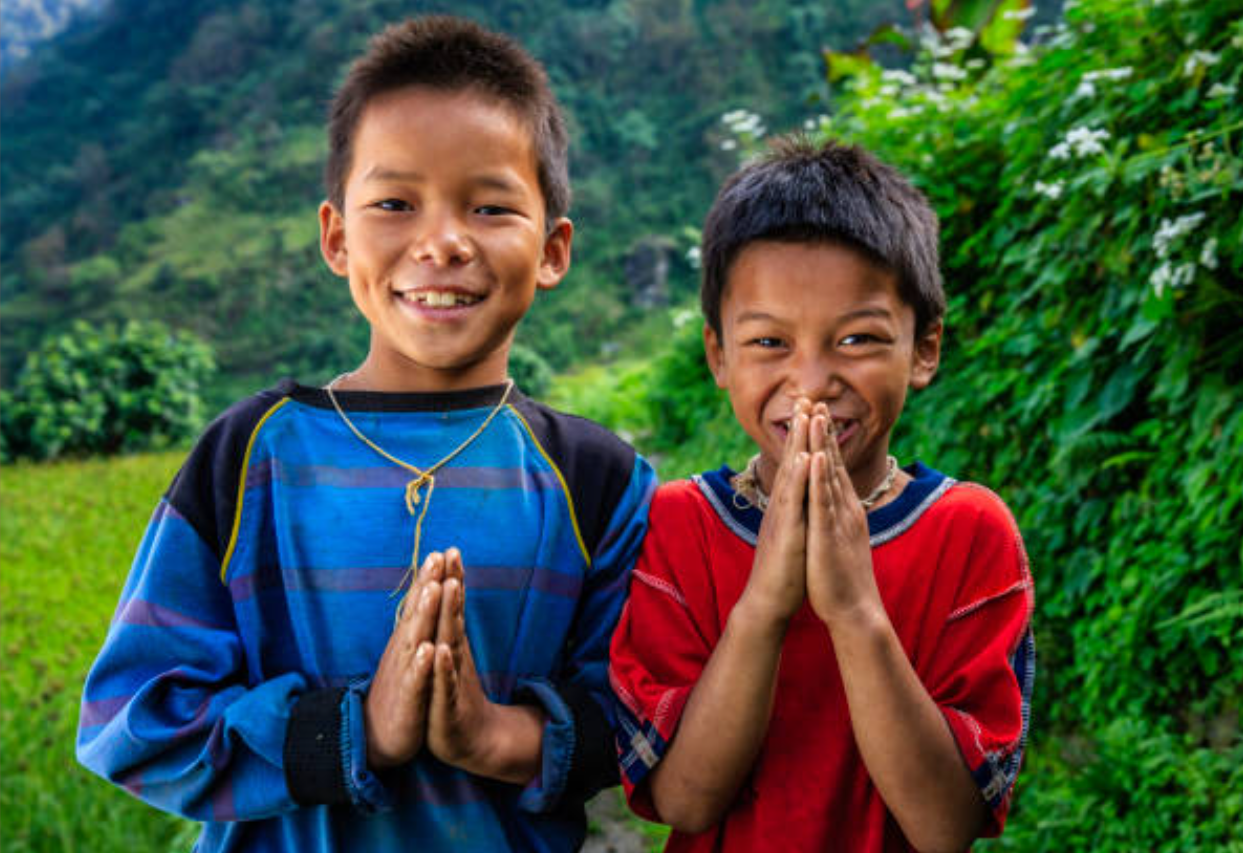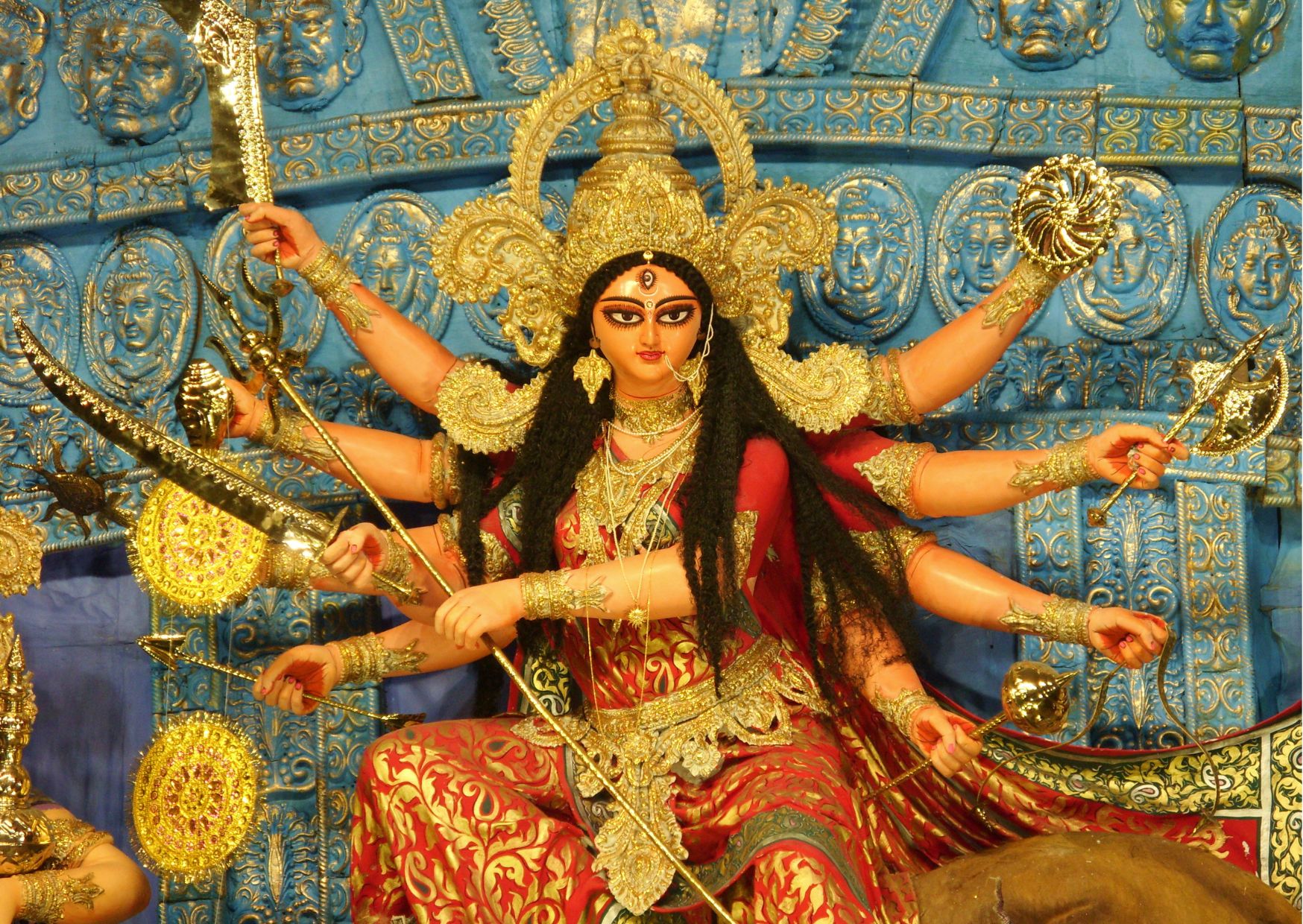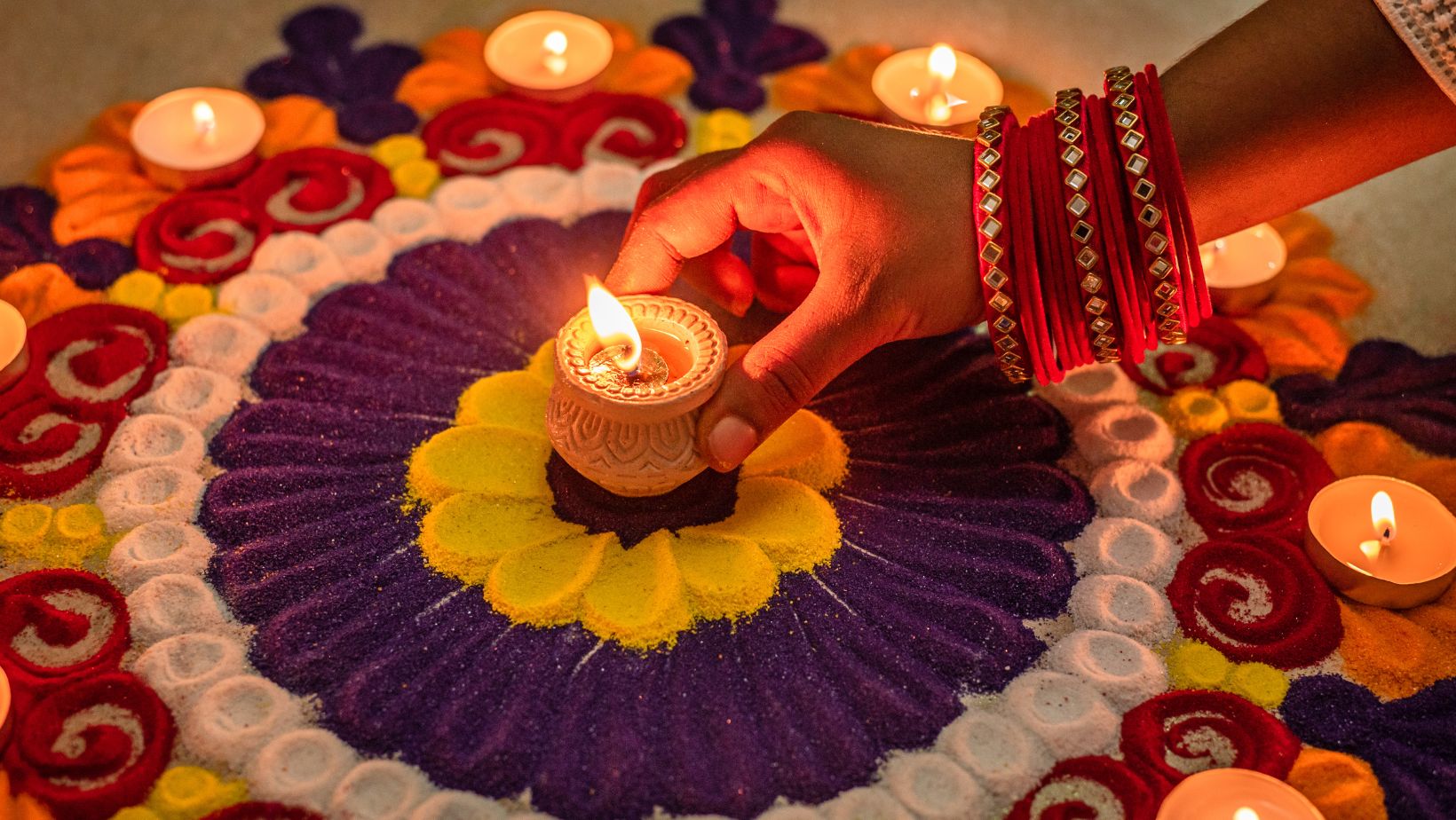A nation with more than a hundred spoken languages and thousands of dialects; where the same word is pronounced differently or even the same word might have a different meaning altogether; where each festival is celebrated with gaiety alike across the nation, but each region still retains its flavour; where we dress uniformly whilst representing one unit but prefer to dress in the regional outfit for a cultural event. This is diversity personified- this is India!
Each region is India, and India is in each region. So, exploring India truly necessitates learning Indian regional languages, or at least getting a hang of it.
The essence of verbal or written communication is often lost in translation. The meaning, tone, empathy, or any similar underlying emotions of a piece of communication is often not retained in the translated language. If we could pronounce a word or phrase with the authenticity of a particular region, establishing the connection is much easier. The Indian regional languages are an assembly of the puzzle worth solving.
A few word-of-mouth jokes, which have been doing the round for a long and show how we could get confounded between two Indian regional languages, might have us in splits.
An instance is cited: a certain person from Uttar Pradesh visits a tea stall in Assam and orders:” Paani lao” (bring me water i.e., Paani). This prompts the stall boy to think the customer is in the wrong place and retorts “Paanilao nahin hein.” (‘Paanilao’ translates to ‘bottle gourd’ in Assamese and the boy replies that it is not available and thinks the customer should find a vegetable shop!).
Such puns are in plenty, and we would do better to avoid those sorts of muddles. Tips to learn Indian regional languages would help avoid such situations.
Origin of Indian languages:
Indian regional languages originated from different linguistic families, but they could be broadly clustered into two: the Indo-Aryan languages spoken in the North, Middle, West and East of India; and the Dravidian languages spoken in the four South Indian states. Most of the Indian regional languages owe their origin to Sanskrit-the language in which the ancient Indian scriptures are predominantly written.
Benefits of learning Indian regional languages:
To gain the essence of India, to learn the culture of each region, to think in every language and imbibe the vibes within, a certain degree of knowledge of the regional language is imperative. Benefits of the Indian regional language could be derived while we explore a diverse nation like ours.
How to greet in Indian regional languages:
- ‘Namaskara’ in Kannada
- ‘Namaskaram’ in Telugu
- ‘Vanakkam’ in Tamil
- ‘Namaskaram’ in Malayalam
- ‘Nomoskar’ in Bengali
- ‘Namaste’ in Hindi
- ‘Namaskarah’ in Sanskrit
- ‘Sat Sri Akall’ in Punjabi
- ‘Namaskar’ in Marathi
- ‘Namaste / Jai Shri Krishna’ in Gujarati
The above is how we say ‘Hello’ in ten Indian regional languages. Each language, of course, has its way of expressing thankfulness or addressing a person formally or informally, and a few typical commonly exchanged words as part of greeting.
We might want to seek tips to learn Indian regional languages but are you aware that we have a platform where we can learn Indian regional languages free! Yes, we indeed have an Indian languages app that could be downloaded from the Google Play store for free, namely, Language Curry.
Currently, it supports ten Indian languages. The Language Curry app is designed to make the journey of learning the Indian regional languages a smooth and pleasant experience. The learner must go through different levels of learning and subsequent level in the learning course cannot be accessed unless the desired competency is achieved in the preceding level. It not only provides the word or phrases in use but also has assisting audios to explain how the word is pronounced. It also provides insight into the culture of a specific region as we go deeper into the course material.

Kashmir is in the north, and Kanyakumari is the Southern tip,
From rustic Shikara boat rides to sturdy majestic ships!
Gujarat on the West and the seven sisters in the East,
Traversing across my motherland, for the mind and heart is a feast.
Each region is unique here, and each state with a beauty of its own,
We are the land of diversity, and this is how we are known.
We have many languages, and even more dialects that we speak,
We flourish as one unit, and peace and harmony are what we seek.
To know this nation better- know the languages of the soil,
As I let out a secret now- you could spare yourself much toil.
Learn the languages at your fingertips, and learn them in a flurry,
Open the Google play store and look for the ‘Language Curry’.
The contents are all for you, chapters containing each level,
Reap the benefits of the app, whilst across the country you travel.
Our nation speaks diverse tongues, yet as a single nation we thrive,
It is always helpful thus, to have the Indian languages app as a guide.




